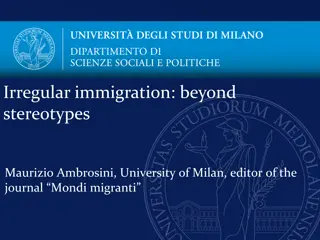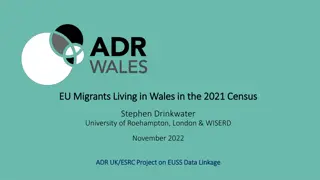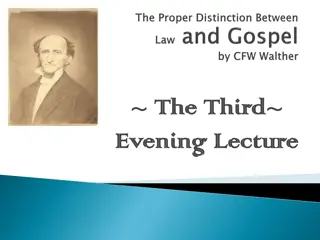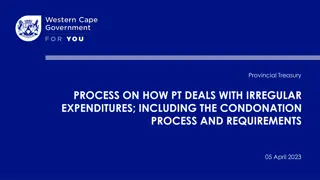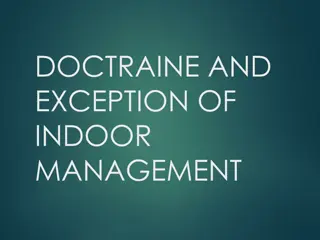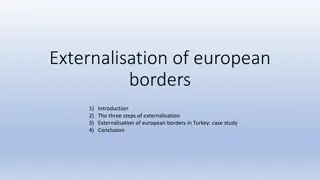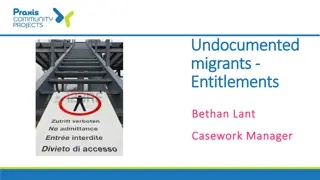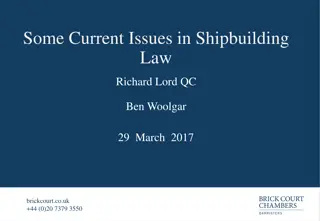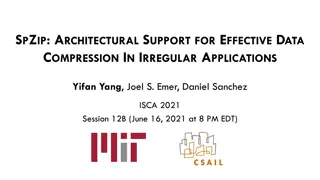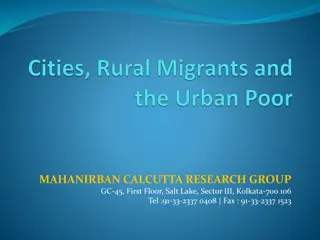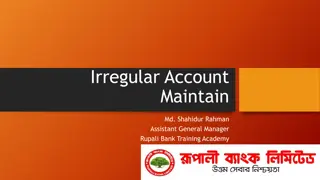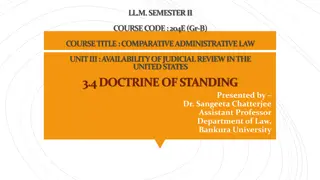Understanding Irregular Migrants and the Doctrine of Illegality
Exploring the concept of illegality doctrine in relation to irregular migrant workers' statutory claims, the potential impact of Patel v Mirza case, and the general structure of examining the employment rights of irregular migrants. The discussion delves into the characterization of statutory rights, application of legal tests, and the interplay of public policy in cases of contractual and tortious nature.
Download Presentation

Please find below an Image/Link to download the presentation.
The content on the website is provided AS IS for your information and personal use only. It may not be sold, licensed, or shared on other websites without obtaining consent from the author. Download presentation by click this link. If you encounter any issues during the download, it is possible that the publisher has removed the file from their server.
E N D
Presentation Transcript
Irregular Migrants and the Doctrine of Illegality: Life after Patel v Mirza Professor Alan L Bogg, Hertford College and Faculty of Law, University of Oxford
The structure of the argument O What is the illegality doctrine? O How does it operate within the context of irregular migrant workers statutory claims? O What is the potential impact of Patel v Mirza? What are the problems likely to be?
The Illegality Doctrine I "The objection, that a contract is immoral or illegal as between plaintiff and defendant, sounds at all times very ill in the mouth of the defendant. It is not for his sake, however, that the objection is ever allowed; but it is founded in general principles of policy, which the defendant has the advantage of, contrary to the real justice, as between him and the plaintiff, by accident, if I may so say. The principle of public policy is this; ex dolo malo non oritur actio. No court will lend its aid to a man who founds his cause of action upon an immoral or an illegal act. If, from the plaintiffs' own stating or otherwise, the cause of action appears to arise ex turpi causa, or the transgression of a positive law of this country, there the court says he has no right to be assisted. It is upon that ground the court goes; not for the sake of the defendant, but because they will not lend their aid to such a plaintiff. So if the plaintiff and defendant were to change sides, and the defendant was to bring his action against the plaintiff, the latter would then have the advantage of it; for where both are equally in fault, potior est conditio defendentis. Lord Mansfield CJ in Holman v Johnson Holman v Johnson [1775] 1 COWP 341 at 343
Illegality and the employment rights of irregular migrants: general structure of enquiry Step 1: Characterisation of the statutory right as either Step 1: Characterisation of the statutory right as either contractual or tortious in nature contractual or tortious in nature Statutory rights characterised as contractual: unfair dismissal; redundancy protection; minimum wage Statutory rights characterised as torts: right not to be discriminated against because of protected characteristics; harassment Step 2: Applying the relevant legal test Step 2: Applying the relevant legal test - Contract: the tripartite classification of contractual illegality in Hall v Woolston Hall Leisure Ltd [2001] ICR 99 - Tort: balancing the public policy reasons in favour of illegality against the public policy reasons in favour of upholding the claim: Hounga v Allen [2014] UKSC 47
Irregular Migrants and Contractual Statutory Rights I Two main categories: (i) Where the contract is expressly or implicitly prohibited by statute (see Zarkasi v Anindita UKEAT/400/11) (ii) Where a contract, lawful when made, is illegally performed and the claimant knowingly participated in that illegal performance (Standard contractual criteria: (i) knowledge of the illegality; (ii) active participation in the illegality (Ashmore, Benson Ltd v Dawson Ltd [1973] 1 WLR 828, per Lord Denning MR)
Irregular Migrants and Tortious Statutory Rights Hall v Woolston Leisure Ltd Hall v Woolston Leisure Ltd O - a causal link between the illegality in which the claimant was implicated and the loss of which he is now complaining (Peter Gibson LJ, para 41), hence requiring quite extreme circumstances before the test will exclude a tort claim (Mance LJ, para 79) Hounga v Allen Hounga v Allen [2014] UKSC [2014] UKSC 47 47 O Compare the different approaches of Lord Wilson and Lord Hughes - Lord Wilson proposed a balancing approach: what were the public policy reasons in favour of denying the claim? What were the public policy reasons in favour of upholding the claim? - The public policy of protecting trafficked migrant workers in accordance with international law was strongly engaged on the facts in Hounga -
Patel v Mirza O A nine Panel sitting of the Supreme Court given the conflicts between different decisions of the Supreme Court on illegality O The factual context: could Mr Patel bring a claim against Mr Mirza to get back 620,000 which had been paid over as part of a criminal conspiracy to engage in insider trading? O The UK Supreme Court allowed Mr Patel s claim in unjust enrichment.
What Patel v Mirza decided I O A choice between a rule based approach (the reliance test) and a discretionary balancing approach O The majority (led by Lord Toulson) favoured a discretionary balancing approach O The essential rationale of illegality is the integrity of the legal system O This envisages a three stage test
What Patel v Mirza decided II O A three stage balancing test - To consider the underlying purpose of the prohibition which has been transgressed and whether that purpose will be enhanced by denial of the claim - To consider any other relevant public policy on which the denial of the claim may have an impact (i.e. protection of trafficked migrants as in Hounga) - To consider whether denial of the claim would be a proportionate response to the illegality, bearing in mind that punishment is a matter for the criminal courts
The impact of Patel v Mirza on employment law How broad is the holding in Patel? Is it confined to contract and unjust enrichment claims or does it extend to other areas of the law such as tort? O The judgment seems to approve the general approach of the courts in Hall and Hounga. O Lord Toulson notes at para 23 that the approach to illegality in employment claims has sometimes been unduly harsh O Lord Toulson also observes that it was unfortunate that Miss Hounga s claim for quantum meruit was not considered (remuneration for services provided) O A uniform balancing test might iron out some of the inconsistencies generated by having different legal tests for contract and tort claims (e.g. equal pay and sex discrimination) O
Problems with Patel v Mirza How will quantum meruit claims interact with the new criminal offence in s 34 of the Immigration Act 2016 ( illegal working )? O Does a balancing approach insulate employment tribunals from appellate oversight? What if Hounga were decided in the opposite way by a tribunal that approached the balancing differently to the Supreme Court? Is that permissible? O Lots of remaining puzzles: non-exhaustive list of public policy factors, and uncertainties about the future of existing common law authorities in employment law O Will there be any impact on cases where the contract is treated as impliedly prohibited by statute, as in Zarkasi? O Post-Brexit: EU law as an independent constraint on common law illegality? O


